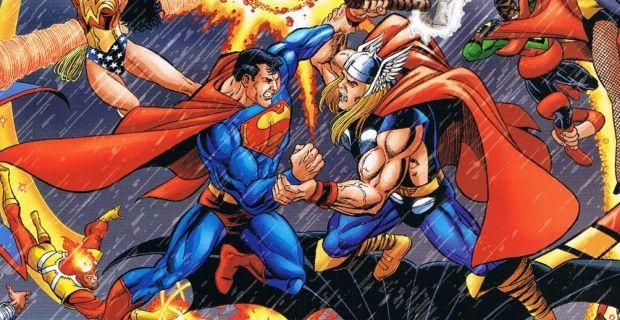
It’s taken DC Entertainment and Warner Bros. a few years to get a plan in place, but beginning with Batman V Superman: Dawn of Justice the studio will be on its way to forming a shared superhero movie universe of its own to rival that of Marvel. As if a film sporting DC’s ‘Big Three’ wasn’t enough, the signed cast for second-tier adaptation Suicide Squad is the first official shot across their competition’s bow. But the two studios’ plans are showing their differences already.
Some may feel that Marvel’s strategy for launching superhero franchises and a shared universe at once is the only way that makes sense – but those overseeing WB’s slate of DC films aren’t among them. Only time will tell which route (if any) proves more successful, but a closer look shows that DC and WB’s thinking isn’t just different; it may succeed in avoiding the biggest problem Marvel is only now encountering.
–
Marvel’s Plan: One Step At A Time
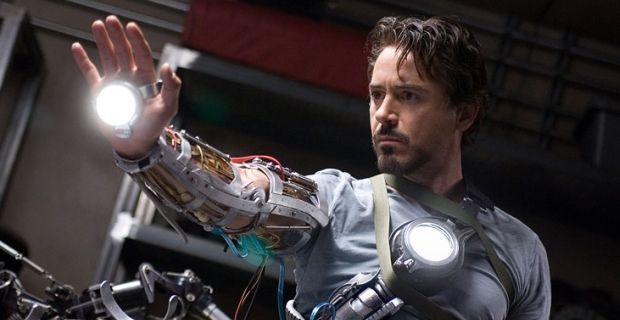
The sprawling Marvel universe may have begun with Iron Man (2008), but the movie’s post-credits scene (now mandatory for the studio) showed the studio’s hand quite clearly. With Tony Stark (Robert Downey, Jr.) publicly revealed as the armored crime-fighter known as Iron Man, he arrived home to find Nick Fury (Samuel L. Jackson) all too eager to inform Stark that he was being recruited for the ‘Avenger Initiative’ (and was far from the only ‘superhero’ around).
Fans squealed in their seats knowing what casual movie-goers soon would: that Stark had taken his first step into a much larger world (apparently run behind the scenes by the government organization S.H.I.E.L.D.) and that Marvel intended to bring the rest of the Avengers to the big screen behind him. And when Stark made an unheard of appearance in the post-credits scene of The Incredible Hulk (2008) just months later, the notion of a ‘shared universe’ solidified – with Tony Stark leading the charge.
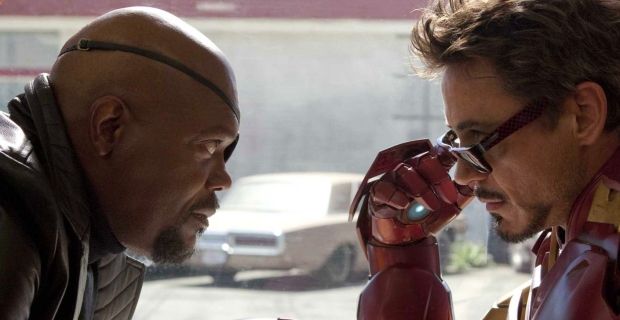
As Iron Man is still considered by many to be the best of Marvel’s films, Iron Man 2 didn’t go over quite as smoothly. Again, Stark was faced with his own mortality, squabbled with friends, and tackled another armor-clad enemy. But S.H.I.E.L.D. no longer operated in secret, reminding Stark (and the audience) that his problems were nowhere near as grand as he assumed. After all, he was bound for much… greater things.
With an Avengers prequel as an Iron Man sequel, the addition of Black Widow (Scarlett Johansson) showed how little Stark knew about the forces at work (S.H.I.E.L.D. even curing Tony’s near-fatal poisoning with a shrug), and the message became clear for audiences: they were only being shown half the story.
The post-credits scene heralded the arrival of Thor (2011), which further established S.H.I.E.L.D. as the real connective tissue of Marvel’s Cinematic Universe, monitoring Earth’s mightiest heroes for some unknown purpose (while giving a first look at Hawkeye and a ‘cosmic cube’).
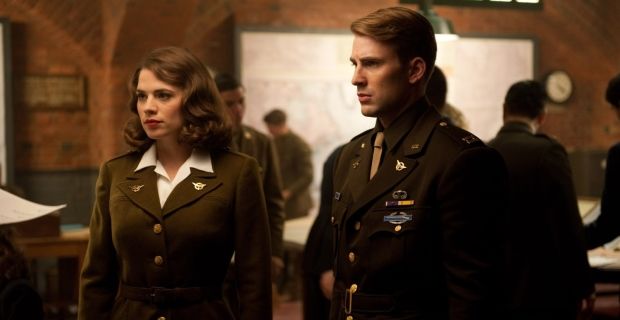
At the time, it seemed a brilliant strategy to make even second-tier Marvel heroes certified blockbuster names. Thor and Captain America (‘The First Avenger’) weren’t even as well-known as the Hulk, but linking them to the wildly successful Iron Man – and S.H.I.E.L.D. claiming them to be just as important – made their films essential viewing.
When The First Avenger ended by revealing Steve Rogers (Chris Evans) to be alive and well in the present day – and another victim of S.H.I.E.L.D.’s deception – the final piece of the puzzle fell into place. Now, the challenge was simply to unite The Avengers for whatever threat S.H.I.E.L.D. had collected them. In other words…
–
The Team-Up: What It Was All Building Toward
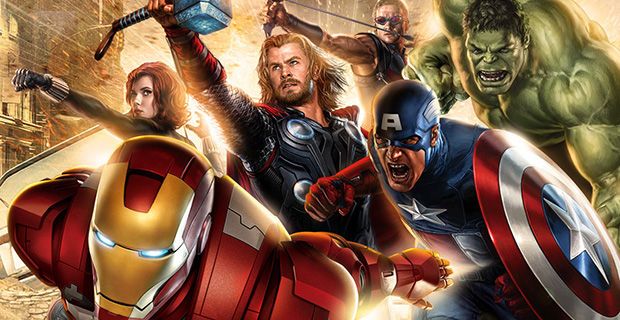
The culmination of Marvel’s plan came in The Avengers: Earth’s best defenders had been brought together under S.H.I.E.L.D.’s guidance due to their skills or past experiences. Cap was all too familiar with the Cosmic Cube (a.k.a. the Tesseract) being used to threaten Earth; Thor’s own brother was leading the invading forces; Tony Stark and Bruce Banner (now Mark Ruffalo) both had the makings of mighty soldiers, but were apprehensive until the fight became a personal one.
For comic book fans, the appeal of the team-up was obvious, as it finally gave a chance for each member of the classic Avengers team to show their own effectiveness alongside their super-friends. And again, placing these characters physically alongside Marvel’s most bankable stars drove home the fact that they were each – in the eyes of the studio, at least – on equal footing.
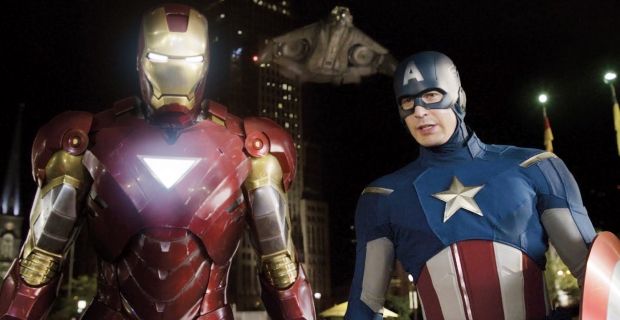
For casual audiences, the draw was just as potent. Not only was there the chance to now see FOUR superheroes leave their respective franchises and join forces, but The Avengers was quite literally the final act of every hero’s story (as Marvel made clear in their array of post-credits stingers). Each hero was given their moment in the spotlight – for both action and character development – facing off against stronger opposition than they tended to encounter on their own.
In the end, the Avengers saved the day, proving that Nick Fury had been right all along: these heroes really were meant for something greater than themselves. Thor, Captain America, Iron Man, the Hulk, and their S.H.I.E.L.D. colleagues all came to view their place in the world differently, forging friendships (and friendly rivalries) in the process. And audiences weren’t disappointed.
NEXT PAGE: Phase 2 Troubles
–
The Problem: Now What?
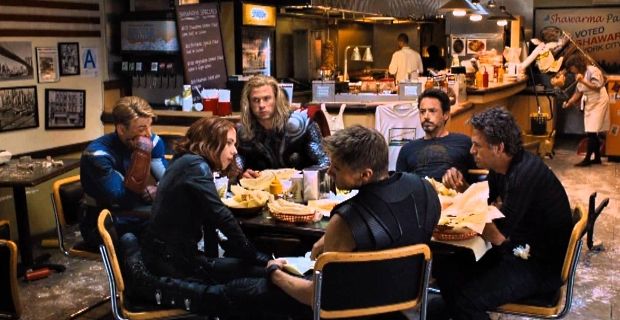
Unfortunately, that sounds like the ending to a lengthy story more than the start of a new one (unless the Avengers remain united going forward). Nick Fury promised that the heroes would return “when we need them,” but for Marvel, audiences were getting these heroes whether they needed them or not.
And there’s the rub: how do you top a film that had nearly a half-dozen movies all building toward it, introducing and developing MacGuffins and villains along the way? The simple answer is you can’t; not without continuously escalating the stakes. Marvel attempted to repeat the same trick in yet another credits scene teasing the real threat yet to be encountered: Thanos, the Mad Titan.
To a comic book fan already versed in the source material, the tease was simply a continuation of Marvel’s strategy (linking what audiences had just seen to a larger, ever-progressing story). For the uninitiated, the scene was mostly meaningless. Looking back, it was the first sign that the plan Marvel followed to launch their shared cinematic universe was a double-edged sword.
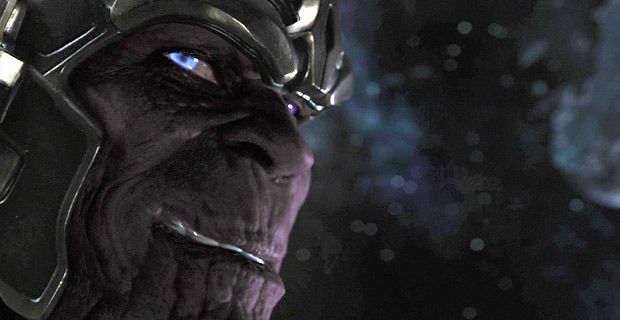
To even casual fans, the inherent ‘turn-off’ of the Avengers tease should be clear: having been told that Red Skull, the Frost Giants, the US Army, and armored-suit-wearing maniacs were merely appetizers to Loki and his Chitauri forces, audiences were stunned to find the film’s villains were… another appetizer?
The move is understandable, since it laid out the plan for Marvel’s next slate of films (introducing each of the ‘Infinity Stones’ that would matter down the road). But it was the message sent by the films that preceded the team-up, not those that followed, that came to cost the studio. Simply put: you can’t spend years belittling a hero’s problems, and then build films around them all over again after a team-up. At least, not without risk.
It’s a narrative challenge, if nothing else. The first two Iron Man films gave billionaire inventor Tony Stark a social conscience and personal stake in global threats. Thor taught its hero humility and true strength (while fleshing out Loki’s motivations). The Incredible Hulk showed a Bruce Banner ready to harness the green beast inside him, and Captain America had Steve Rogers learning to lead the hard way.
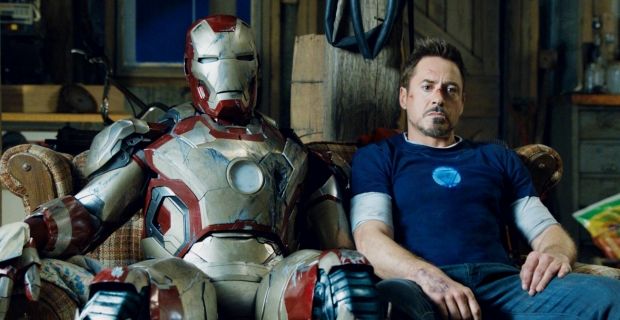
After The Avengers delivered the payoff for those plot threads and left individual arcs up in the air, the directors and writers hired by Marvel had some problems to overcome. Iron Man 3 found Tony Stark suffering with PTSD from the Battle of New York and forced to realize that he was the hero, and not his suit. Thor: The Dark World took a loved one from the god of thunder and… well, the shortage of character development was one of our criticisms of the film as a whole.
Yet being Marvel movies, the expectation of action had to be served – and it was. Unfortunately, as Tony Stark was fighting to rescue the American President from terrorist super soldiers, and Thor was taking on a Dark Elf as his forces swarmed England, one question was raised by those watching: “why are S.H.I.E.L.D. or the Avengers not dealing with any of this?”
The need to up the ‘action quotient’ meant new threats that would clearly demand the attention of the super-team forces; after all, The Avengers established an ensemble cast bonded by friendship and duty – a film not building on that doesn’t make any sense.
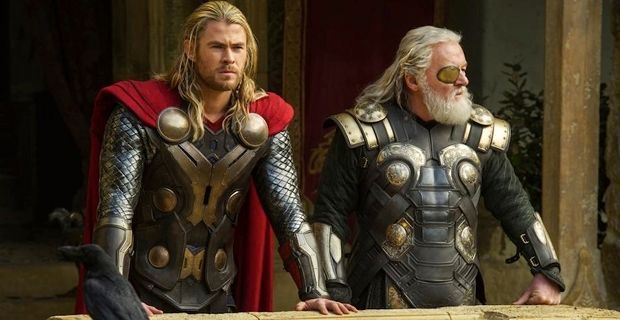
Perhaps it was unsurprising, then, that Iron Man 3 proved highly divisive among audiences, and The Dark World also disappointed (while both were commercially successful). In hindsight, Thor might have been better off tackling a purely Asgardian threat only he could fight – as we fully expected – and to have Tony Stark battle a foe that fans had been begging to see adapted for years: alcoholism. Instead, Marvel kept to their formula of planting seeds for the future, arguably at the cost of these individual chapters.
Luckily, Captain America: The Winter Soldier managed far better by keeping the team-up’s momentum moving forward. Cap’s role within S.H.I.E.L.D. continued beyond Avengers (with Black Widow and Fury at his side) and the titular villain was revealed to be a deeply personal one that, as we alluded to earlier, was a foe only he could hope to stop. To satisfy the action quota, Marvel gave the go-ahead to blow S.H.I.E.L.D. to bits.
An effective overarching conflict, but one that can only really be played once (and since the organization’s impact on the other Avengers wasn’t witnessed at all in their follow-up films, its collapse can only be seen to impact Cap thus far).
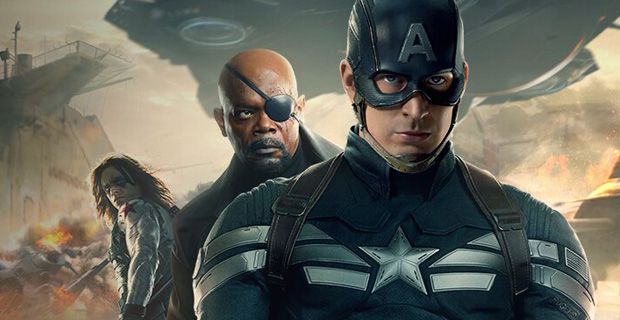
So, where do we go from here? It’s no surprise movie fans are eagerly awaiting The Avengers: Age of Ultron, centering on the ensemble cast they were told were meant to act as one – as well as Captain America: Civil War, now set to also include Tony Stark. While it’s thrilling to think what a live-action “Civil War” series will bring, it also means the ‘big bad’ pulling the strings behind Marvel’s Phase 1 – teased in The Avengers, Thor 2, and Guardians of the Galaxy – won’t emerge until 2018.
Has Marvel painted themselves into a corner by building a universe on the idea that solo superhero films must always be building towards something greater? The jarring pace changes from crossover events to standalone stories may be faithful to the comics, but the studio’s recent announcement of several new characters and franchises may show the only real solution. And with Civil War presenting an opportunity (or excuse) to restart their heroes at square one, the premise of the first phase will be undone before its ‘real’ villain arrives.
It’s a problem that may prove unavoidable in establishing a ‘shared movie universe’ of standalone blockbusters, but so far, Marvel’s competition seems to be taking a different route – while still turning to the comics for the inspiration.
Next Page: DC’s Shared Universe Approach
–
DC’s Start: Something Completely Different…?
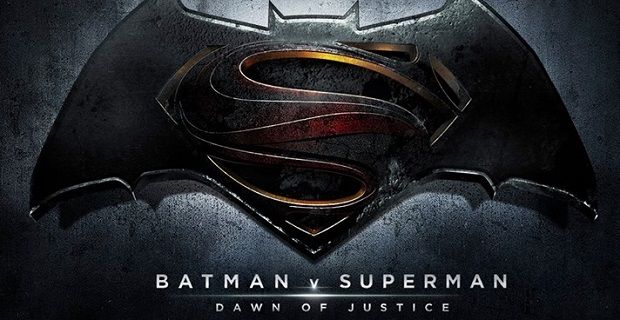
Now that WB has shown they’re not going to follow Marvel’s formula – with Batman V Superman: Dawn of Justice introducing multiple Justice League characters immediately – it seems possible to avoid some of the same growing pains. Beginning with the fact that the film’s title heroes aren’t being ‘recruited’ for some grander purpose at all.
Many scoffed at the idea that DC and WB wouldn’t follow directly in Marvel’s footsteps by giving each hero an introduction origin film, all leading to a team-up (actors Armie Hammer and even Henry Cavill among them). But at the time, all parties involved were assuming that Man of Steel would give way to a titled and marketed Justice League story – essentially taking a shortcut to Marvel’s ‘payoff’ film. Now, we know that is far, far from the case.
Despite the rumors and skepticism, WB has gone ahead with their less predictable plan, shrugging off the pyramid-shaped structure used by Marvel and introducing (at the very least) Ben Affleck’s new Batman alongside Henry Cavill’s Superman, with a new Wonder Woman (Gal Gadot) in the mix as well. Don’t call this a team-up, however: the title confirms Bats and Supes will be opposed, with Wonder Woman’s role a total mystery.
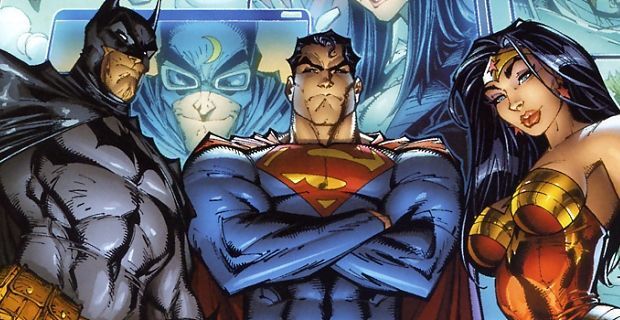
The reasons why Ben Affleck’s Batman would take issue with Superman can be deduced by all who witnessed Man of Steel‘s fallout on Metropolis, and is the first sign that WB may be letting their characters guide their universe, not simply following a marketing strategy that was successful for another studio. At present, it seems that Batman’s immediate role in Dawn of Justice is holding Superman accountable for the events in his standalone film; a refreshing twist, and one that the most devoted DC Comics fans know is 100% faithful to their respective histories.
But what any other heroes have to do with the story is a complete unknown. Long before Man of Steel even hit theatres, we offered an explanation of why a team-up film (then thought to be Justice League) would allow WB to draw attention to heroes capable of sustaining a solo franchise, but not popular enough to warrant one financially. Now, it seems the studio has found a way of eating their cake and having it too.
In short: a film that calls on multiple DC Comics heroes, but is not – in terms of story or marketing – intended to introduce the superhero alliance known as ‘The Justice League of America’ (at least not as most know it). Instead, audiences are set to meet an Amazonian princess in disguise (and potentially an Atlantean King) before unlocking the secrets and origins of each character in later films. In some ways, a more traditional approach to movie-making when beginning with an ensemble cast.
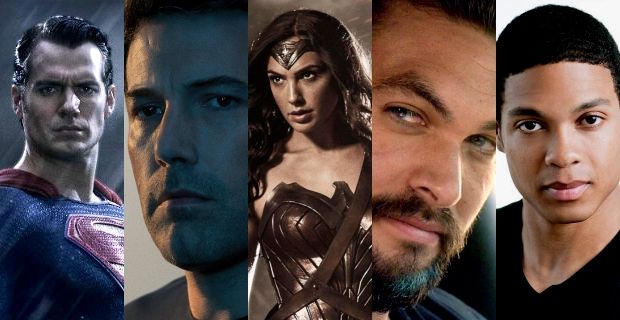
Mysteries abound (including whether or not one particular cast member will become a cyborg superhero over the course of the film) about how large a role – if any – the rest of the future League members may play. But when it comes to justifying team-ups and departures, a bit of mystery is a good thing. Plausible deniability, if nothing else.
If global events or catastrophes are important enough to draw the attention of new peoples, new kingdoms, or even new realms of magic existing secretly alongside our world, leaving details to be fleshed out later pays off. No overarching villain pulling the strings behind the scene means no deadline for when or how these heroes must unite. We know that they will appear in a film called Justice League in 2017, but the two-part nature of the team-up also leaves plenty of doors open for the solo films set to follow it (without the jarring departures seen in Marvel’s stable post-Avengers).
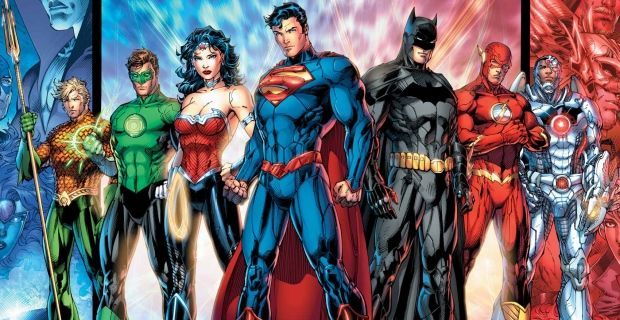
It may not be as easy to predict, but with DC’s ‘Trinity’ taking center stage as independent, enigmatic figures – before heading their separate ways unguided by some master hand – Warner Bros. has allowed creative freedom for years to come. By introducing the heroes together, the audience can’t take exception with the idea that they’ve got ‘other things to worry about’ (another distinction from Marvel). And launching the shared universe with a battle between two of DC’s biggest heroes sends a clear message that in this fiction, heroes who work together most certainly do not need to stay together.
–
Conclusion
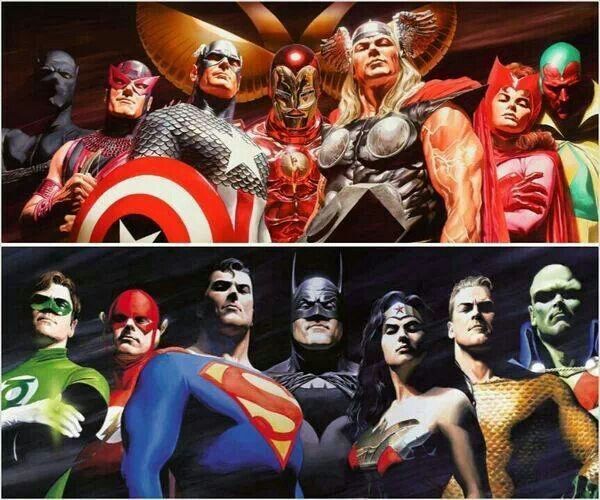
We won’t make the case that WB will take full advantage of these differences, or handle the problems and pressures Marvel is now facing any better. For all we know, the League cast may be manipulated by some cosmic villain into uniting forces – leaving them in the same boat as their competition. But at this point, it’s worth acknowledging the restrictions and boundaries Marvel put into place to bring their universe together – and what benefits may lie in doing things another way.
What do you think of our points? Are you eager to see a DC movie universe that is free to twist, turn, or simply wander as the story demands it? Or would you prefer a more rigid structure like that of Marvel? Be sure to share your thoughts or concerns in the comments below.
NEXT: The Avengers 2: Joss Whedon What It Took For Him To Return
–
Batman V Superman: Dawn of Justice will be in theaters on May 6, 2016. Justice League: Part One opens in U.S. theaters on November 12th, 2017
Follow me on Twitter @andrew_dyce for updates on Batman V Superman as well as movie, TV, and gaming news.




